
Stats Puzzle in The Guardian: www.theguardian.com/science/2024...#stats#rstats to come up with an answer.
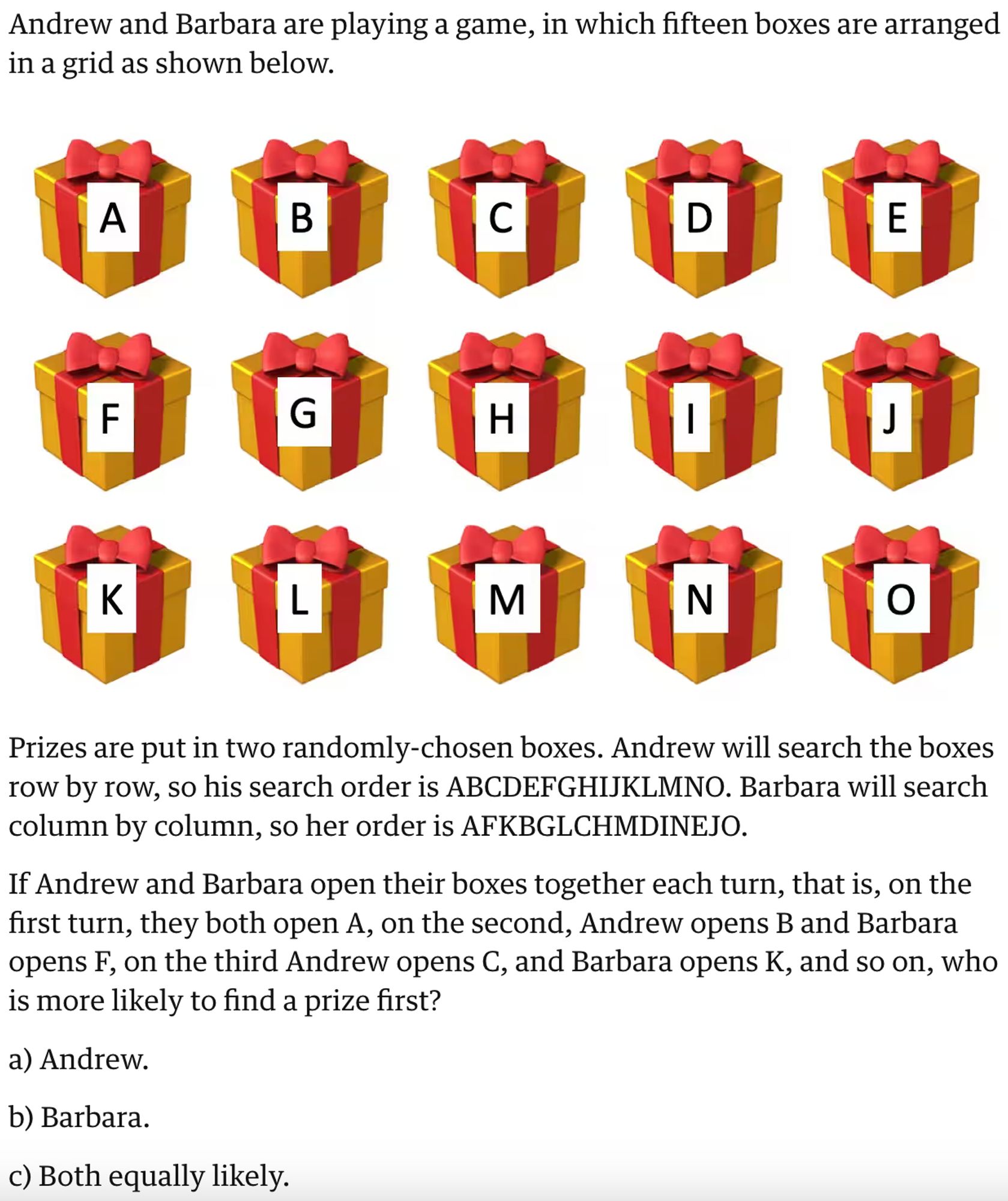
this is pretty amazing: @lucinauddin.bsky.socialwww.lieffcabraser.com/antitrust/ac... summary of the case:
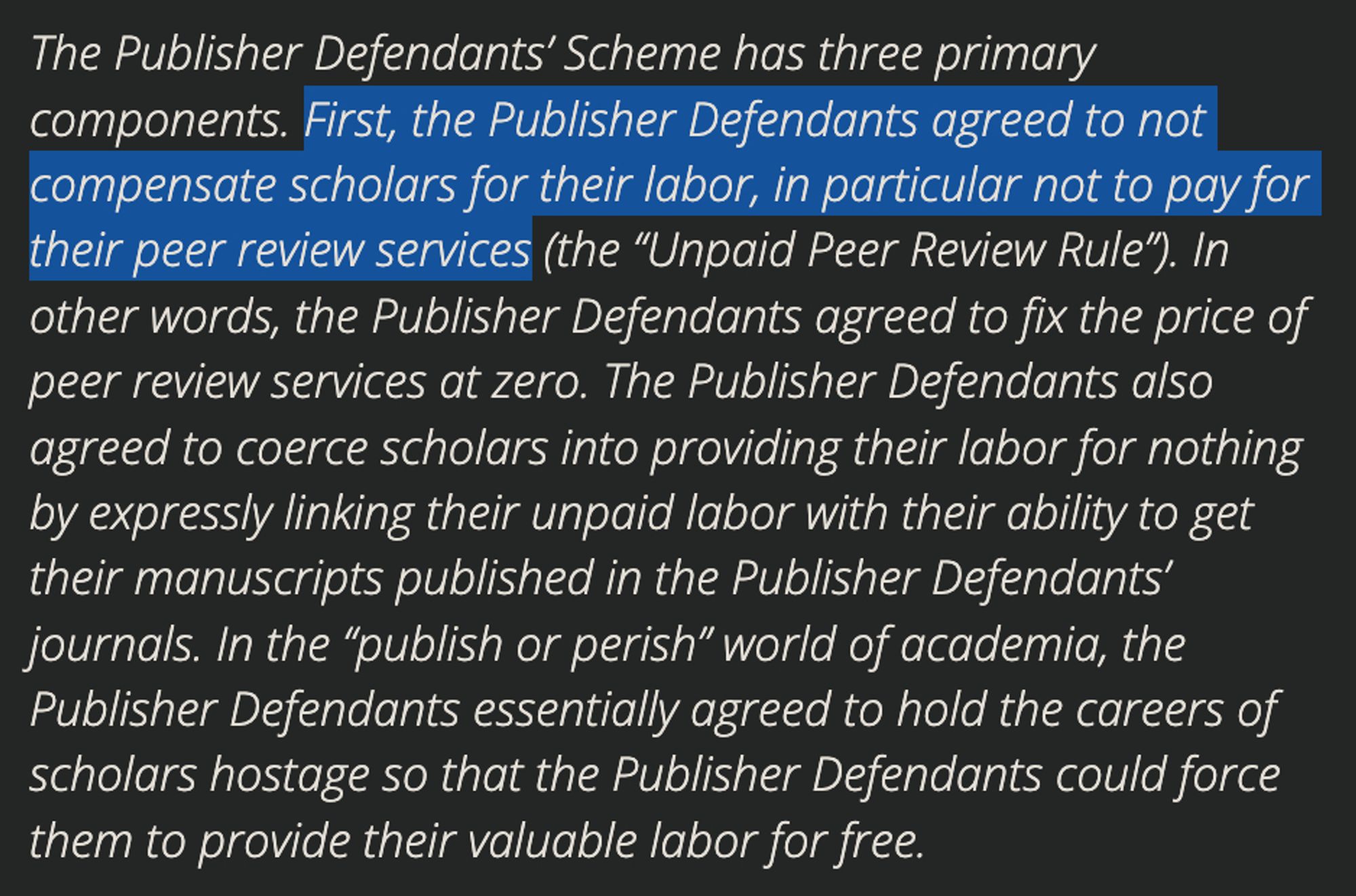

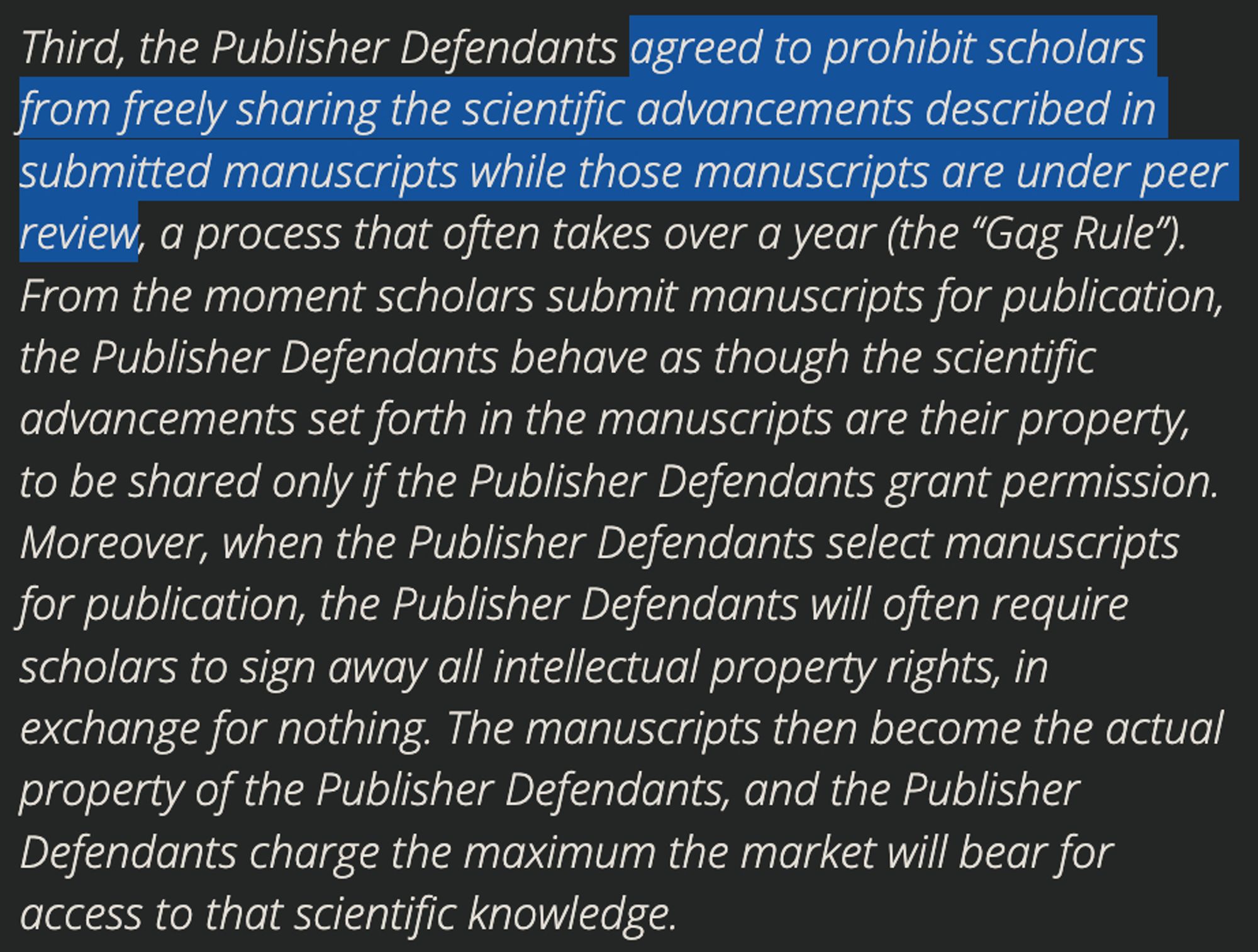
We won the IgNobel Prize in Probability for 350,757 coin flips. František Bartoš and EJ Wagenmakers received the prize yesterday on behalf the 50-author team. Fair coins tend to land on the same side they started on (probability = 50.8%). 🧪 #StatsSky#PsychSciSky More info below. 👇
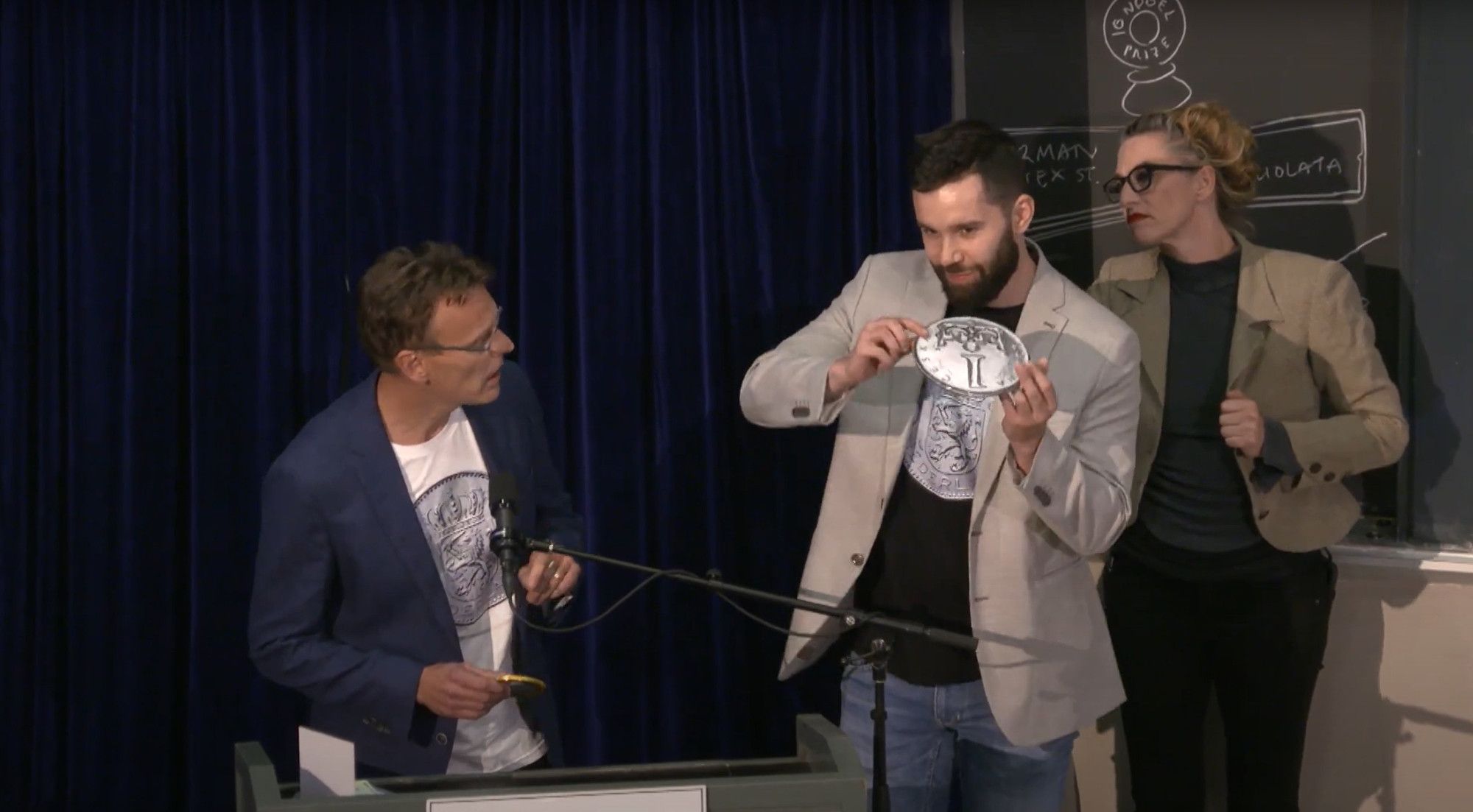
Awesome online graph guessing game. And scatterplot charades. statmodeling.stat.columbia.edu/2024/09/10/a...
Discovering Statistics using JASP incoming jasp-stats.org/2024/09/02/d...
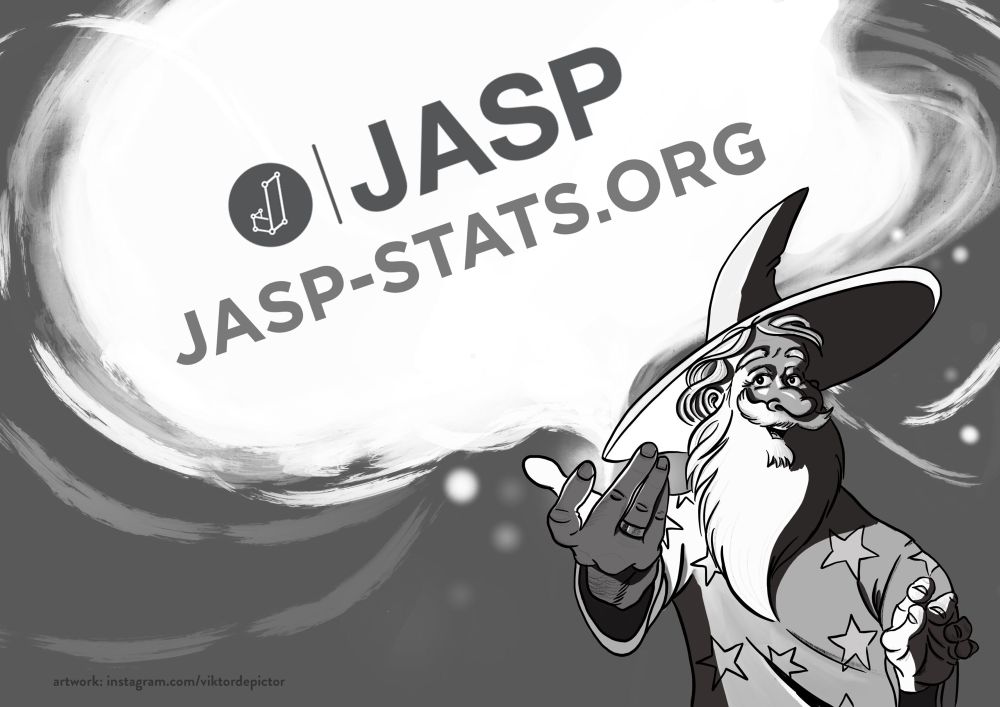
We are happy thrilled ecstatic to annouce that the textbook “Discovering Statistics Using JASP” is now officially in production, with an envisioned release date in the first quarter of 2025. Early thi...
Concrete language enhances sharing of social media posts on Twitter, Reddit, and experimentally: http://osf.io/n82gy/
Raincloud Plots in JASP: Incredibly Useful, Suprisingly Easy! Building on work from @micahgallen.com@rogierk.bsky.social@njudd.com@jordyvanlangen.bsky.social@chbergma.bsky.socialjasp-stats.org/2024/07/26/r...
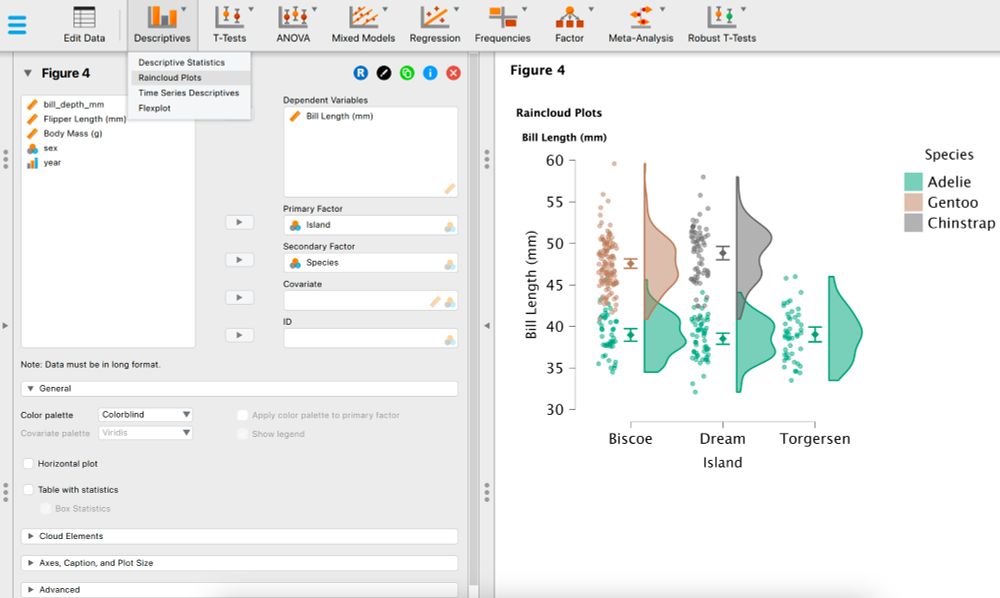
If you want to draw meaningful conclusions from a dataset, you should visualize it as it might otherwise mislead you (Anscombe, 1973; Matejka & Fitzmaurice, 2017). Raincloud plots are great for this b...




